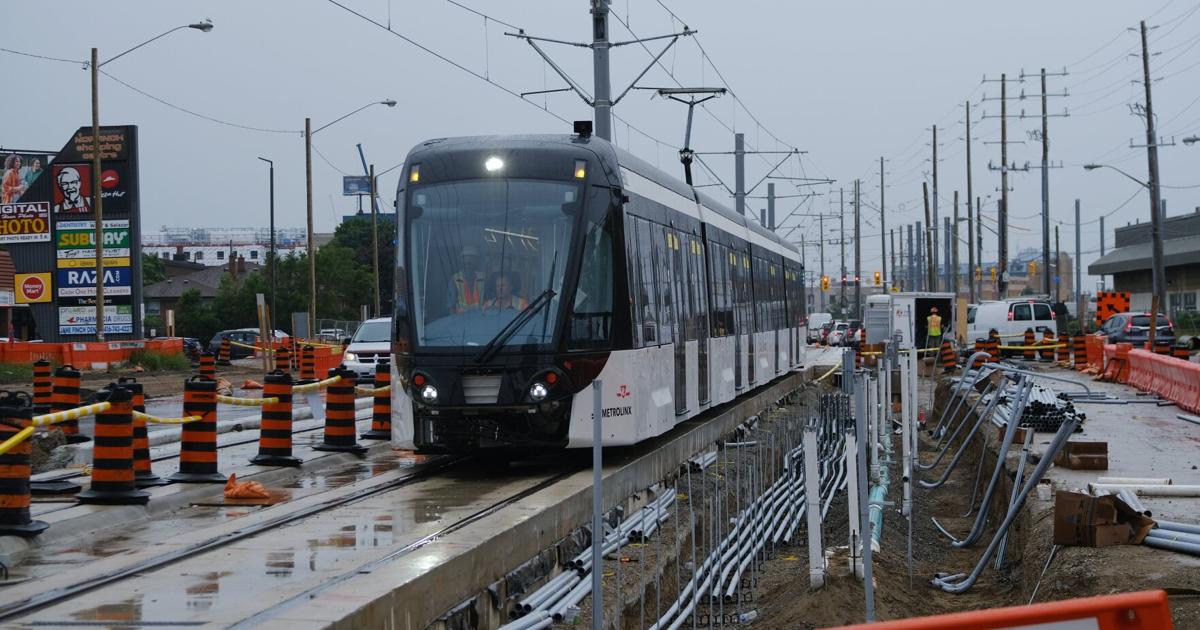ARG1
Senior Member
The Eglinton East LRT is currently projected to be $3.9 Billion without any underground stations (all of those were cut out when they made it a standalone line). To look at another city, LA is building the East San Fernando Valley Line which will be entirely on street, and cost ~3.7B for 6.7 miles.Is LRT actually much more expensive or does it just seem that way because we use underground stations at some locations and include the maintenance yard as part of the cost (rather than as a side-item in a different budget). I'm not sure I've seen a genuine apples to apples comparison in Toronto; they always reuse other facilities for the bus proposals while at the same time TTC needs to expand bus storage capacity ($500M for a new bus maintenance yard isn't cheap).





